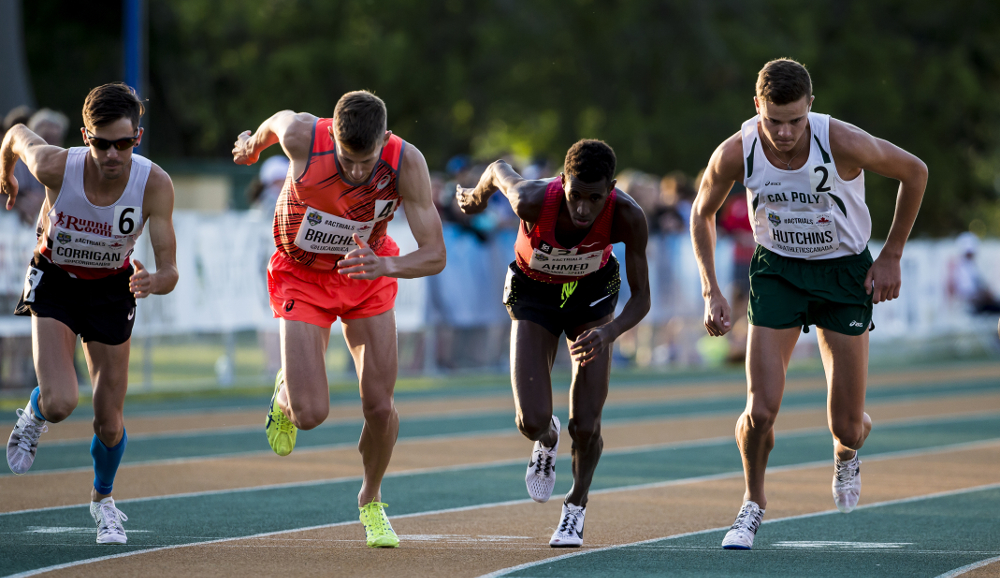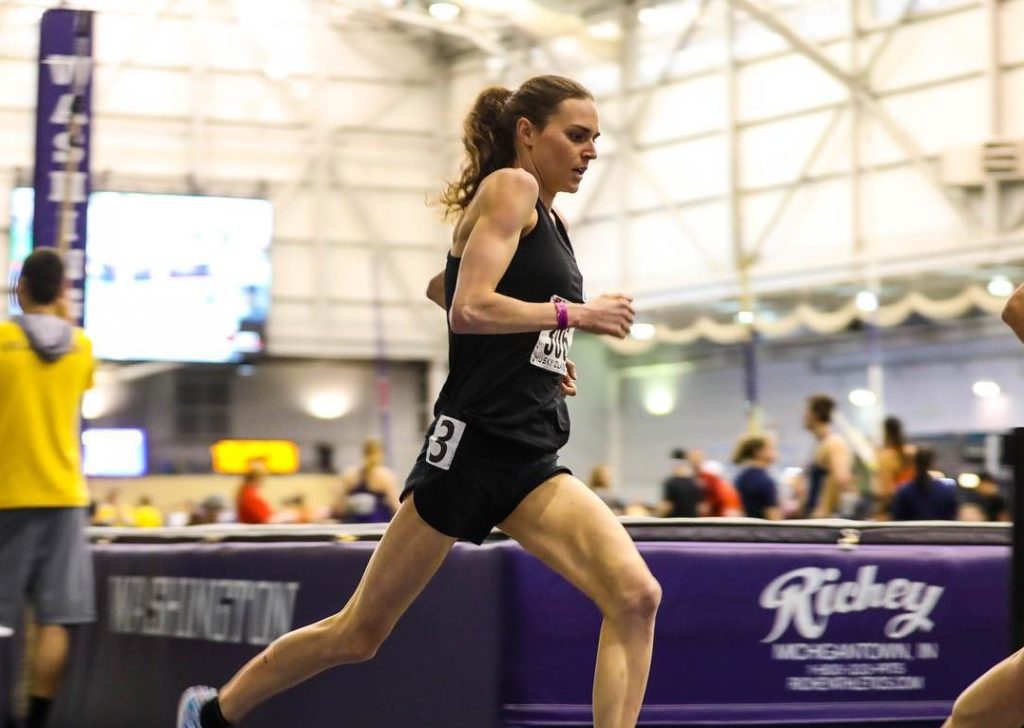Why the Nike Next% isn’t for the track
Why traditional spikes outperform the Nike Next% on the track

Nikes carbon-plated shoes are a hot topic right now. Between World Athletics’ new ruling and the company’s latest shoe release (the Nike Air Zoom Alphafly Next%), runners have a lot of questions about the famous shoe. One of those questions is: should I be wearing the Nike carbon-plated shoes on the track? The answer is no and here’s why.
RELATED: What the carbon-plated arms race has done to running
The shoe is made for the road
The Nike shoes are intended to be worn on the road, and even though they perform exceptionally well there, those results don’t transfer onto the track. Because the shoe was intended for the roads, they feel a little too soft when worn on the track surface. Also, the Nike shoes don’t corner nearly as well as track spikes, because they don’t bite the surface in the same way.
Another reason to opt for spikes is the speed at which you’re running on the track. Road runners are typically looking to race between 5K and 42.2K, whereas track runners are looking to run significantly shorter distances and therefore train at a faster pace. This is a shoe designed for marathoners, not sprinters (or even middle-distance runners).
Two-time 800m Olympian Nick Symmonds posted a YouTube video this week showing why he believes a regular track spike is superior to the Next% for track work. He did 100m, 400m and one mile repeats in both shoes and the track spike was faster every time.
On race day

One instance where a Nike Vaporfly was turned into a track racing shoe, and that was for Nike athlete Gwen Jorgensen in 2018. Nike made a specialty race shoe for the triathlete-turned-runner that she wore at the USATF Championships that year to race the 10,000m (where she finished seventh). Jorgensen was dealing with Achilles tendon issues, and was looking for spikes with a higher heel drop and a little more support, so the company put a spiked plate on the bottom of a Vaporfly 4%.
Even though it’s possible to turn the road shoes into spikes, almost all Nike athletes still opt for a traditional spike over a Vaporfly or Next% on race day.
When it comes to training
If you’re a distance runner doing a track workout and the pace is moderate, the Nike Vaporfly of Next% is a viable training option. The issue here is cost–it’s an expensive shoe that’s usually saved for race day, and when you have so many other options that are a little more affordable, save your Next% for when you test yourself on the roads.


